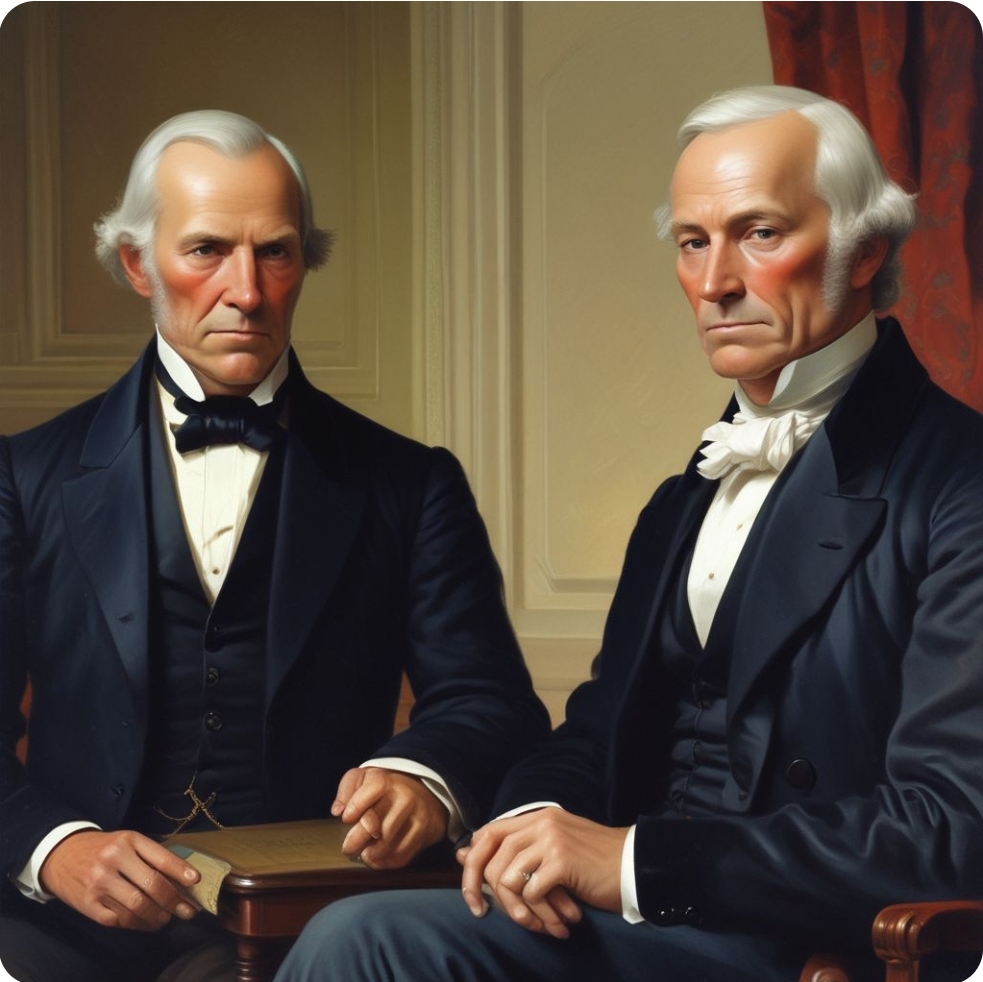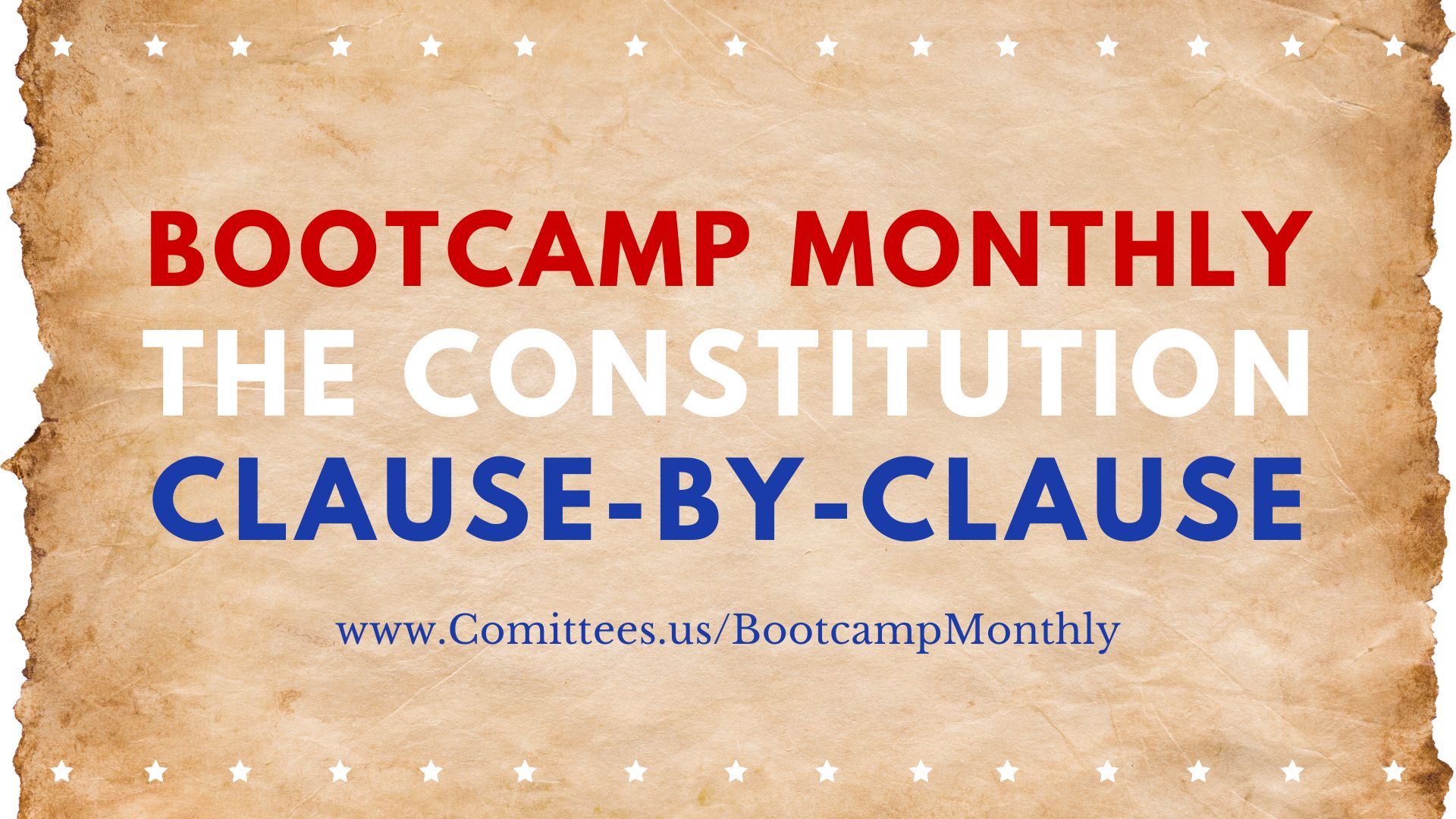The National Republican Party, which later evolved into the Whig Party, emerged in the early 19th century in response to political and economic debates about the role of the federal government in American life. Here’s a summary of their development, transformation, and eventual decline:
Origins and Rise of the National Republican Party:
- Formation of the National Republican Party (1824-1828):
- The National Republican Party originated from the faction of the Democratic-Republican Party led by John Quincy Adams and Henry Clay in the 1820s. This group opposed Andrew Jackson and his supporters, who formed the basis of what would become the Democratic Party. (The Platform of Democratic-Republican Party Founded By Thomas Jefferson & James Madison)
- The National Republicans advocated for a strong federal government to promote economic development through protective tariffs, a national bank, and federal funding for internal improvements (such as roads and canals). This approach aligned with the ideas of the American System championed by Henry Clay. (The Seeds of the National Divide: The American Republic VS The American System)
- Opposition to Andrew Jackson:
- The party was primarily formed to oppose Andrew Jackson, who they viewed as a dangerous populist and a threat to constitutional order due to his aggressive use of presidential power (such as his veto of the Second Bank of the United States) and his opposition to federal intervention in the economy.
- John Quincy Adams, as the incumbent president, ran as the National Republican candidate in the contentious election of 1828 but was defeated by Andrew Jackson.
Transition to the Whig Party (1833-1834):
- Formation of the Whig Party:
- The Whig Party was formed in the early 1830s as a coalition of various factions opposed to Andrew Jackson’s policies and his perceived autocratic style. The name “Whig” was chosen to evoke the anti-monarchical British Whig Party and to highlight their opposition to what they saw as “King Andrew” Jackson’s abuse of executive power.
- The National Republicans formed the core of the new Whig Party, but they were joined by other groups, such as anti-Masons, southern planters unhappy with Jackson’s policies, and former Democrats who opposed Jackson’s stance on the national bank and internal improvements.
- Key Figures and Leadership:
- The Whigs were led by prominent politicians such as Henry Clay, Daniel Webster, and William Henry Harrison. These leaders shared a common belief in the need for a balanced government, a strong legislative branch, and a modernizing economic policy aligned with the American System principles.
- Whig Party Ideology:
- The Whigs advocated for:
- Protective Tariffs: To support American manufacturing and protect it from foreign competition.
- National Bank: To stabilize the currency and provide credit for business growth. (Central Banking is 90% of Taking Over a Country By the Ruling Class & Global Banking (Federal Reserve))
- Internal Improvements: Federal funding for infrastructure projects like roads, canals, and railroads to promote national economic integration.
- The party also stood for a moderate stance on social issues and opposed rapid territorial expansion (which they believed would disrupt the political balance and lead to increased sectional tensions over slavery).
- The Whigs advocated for:
The Decline and Disintegration of the Whig Party (1850s):
- Growing Sectionalism:
- The Whig Party began to fracture in the 1850s due to growing sectional tensions over the issue of slavery. Northern and Southern Whigs held different views on the expansion of slavery into new territories, which created significant internal conflict.
- The Compromise of 1850 and the Kansas-Nebraska Act of 1854, which allowed territories to decide on the legality of slavery through popular sovereignty, further deepened divisions within the party.
- Rise of the Republican Party:
- The passage of the Kansas-Nebraska Act, which effectively repealed the Missouri Compromise and opened new territories to the potential expansion of slavery, led to a political realignment. Many Northern Whigs, abolitionists, Free Soilers, and anti-slavery Democrats came together to form the Republican Party in 1854.
- The new Republican Party quickly gained support in the North by opposing the spread of slavery into the western territories and promoting economic modernization, similar to some of the Whig principles.
- Collapse of the Whig Party:
- By the mid-1850s, the Whig Party had largely disintegrated. In the North, many Whigs joined the new Republican Party, while in the South, some Whigs shifted their allegiance to the Democratic Party or remained part of minor splinter groups like the Constitutional Union Party.
- The Whig Party’s inability to reconcile its internal divisions over slavery, combined with the emergence of the Republican Party as a new force in American politics, led to its collapse.
Legacy of the Whig Party:
- The Whig Party’s emphasis on economic development, infrastructure investment, and a balanced federal government influenced future American political and economic policies.
- Many Whig leaders, like Abraham Lincoln, who began his political career as a Whig, would go on to play significant roles in the Republican Party.
- The Whig Party’s decline reflected the growing sectional polarization in the United States, which ultimately culminated in the Civil War. The party’s demise signaled the end of the Second Party System in American politics, giving rise to new political alignments centered around the issues of slavery, state rights, and national unity.
The National Republican Party evolved into the Whig Party in the 1830s as a response to Andrew Jackson’s policies, but the Whigs eventually disintegrated in the 1850s due to internal divisions over slavery and the rise of the Republican Party. The legacy of the Whigs lives on in American political history, particularly in their advocacy for economic modernization and balanced governance in the American System.






